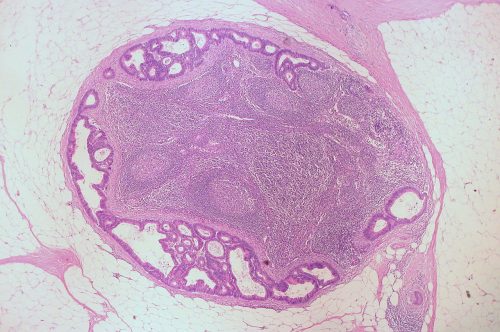Computers making the diagnosis
Hearing the diagnosis of cancer is terrifying, no matter what the circumstances. But this news can be more difficult to digest when the methods of making a diagnosis involve painful surgical biopsies and other invasive tests.
In head and neck cancer, identifying nodal metastasis and tumor extranodal extension (ENE), measurements of the tumor’s invasive spread, are crucial for assessing the cancer’s severity as well as designing a treatment plan for the patient. Yet determining these ENEs using noninvasive tests like X-rays and CT scans has proven difficult. Thus, an invasive surgical procedure—which involves extracting a sample from the area in question and examining it—has been the favored method.
A team of researchers with lead author Benjamin H. Kann, MD, in the Yale Department of Therapeutic Radiology is attempting to change this by training a so-called “deep learning neural network” (DLNN) to identify nodule metastasis and ENE. Deep learning is a new computational method which allows models with many layers of information to learn forms of data with intricate structures. It does this by using an algorithm to discover how a noninvasive machine such as an CT scanner, used to take images of the patient’s cancer, should change its parameters in such a way to allow the layers of the neural network to build on each other, eventually producing an accurate diagnosis. This technique has performed extraordinarily well on image analysis problems, making it very lucrative for applications in radiology.
In the first study of its kind, the research team at Yale successfully constructed a DLNN algorithm which predicts whether or not ENEs and nodal metastases are present in the preoperative CT imaging of head and neck cancer patients. The model was found to predict ENE and nodal metastasis with greater accuracy than traditional radiographic assessment which, according to recent studies, predict ENE with high variability. These results show that we may be able to predict ENE and nodule metastasis using this fusion of radiology and computer science as an alternative to costly and invasive pathological testing.

